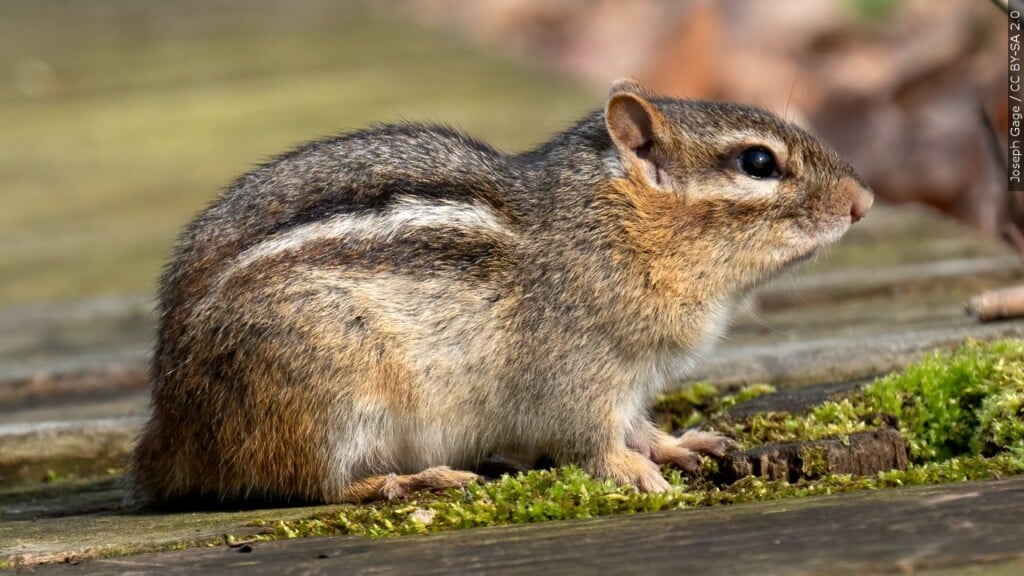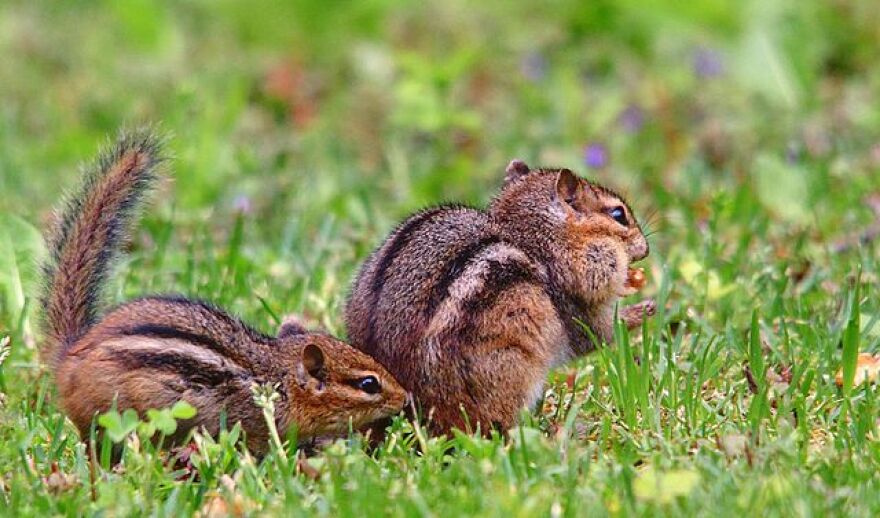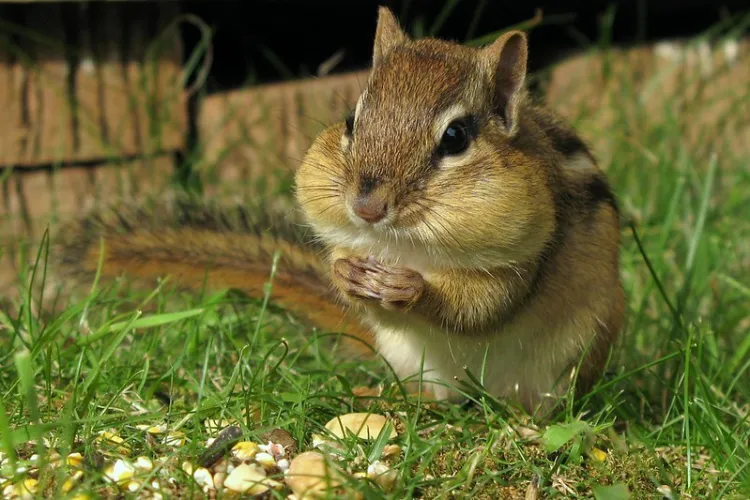Introduction:
Chipmunks are small, lively rodents belonging to the squirrel family. These adorable creatures are known for their distinctive markings, energetic behavior, and their intricate burrow systems. Chipmunk burrows are fascinating structures that serve as multi-purpose homes, providing shelter, protection, and storage for these agile animals. In this article, we will delve into the world of chipmunks and their burrows, exploring their construction, features, functions, and the role they play in the lives of chipmunks.

An Overview of Chipmunks:
Before diving into the details of their burrows, let’s begin with a brief overview of chipmunks. Chipmunks are small mammals that belong to the family Sciuridae, which also includes squirrels. They are found across North America, with several species inhabiting various regions. Chipmunks are known for their compact size, ranging from 5 to 6 inches in length and weighing around 2 to 4 ounces. They have distinct markings, including stripes along their sides and back, which differ in color and pattern depending on the species.
Chipmunks have a diverse diet that includes nuts, seeds, berries, fruits, insects, and even small vertebrates. They are highly active during the day, spending a significant portion of their time foraging for food and engaging in territorial behaviors. Chipmunks are also known for their ability to store food, utilizing their burrows as storage units.
Construction of Chipmunk Burrows:
Chipmunks are excellent diggers and construct intricate burrow systems for their habitat. The construction process involves meticulous planning, excavation, and the creation of various chambers and tunnels. Here is an overview of the steps involved in building a chipmunk burrow:
Site Selection: Chipmunks carefully choose the location for their burrows. They seek out areas with suitable soil conditions, preferably well-drained soil that is easy to dig. They may select spots near tree roots, bushes, or rock formations, providing natural cover and protection.
Digging Entrances: Chipmunks begin by digging one or more entrances to their burrow system. These entrances are usually narrow and concealed, making them less visible to predators. The entrances are often located near vegetation or concealed under leaves, providing additional camouflage.
Tunneling and Chambers: Chipmunks dig a network of tunnels that extend horizontally and vertically. These tunnels serve multiple functions, including nesting, food storage, and escape routes. The tunnels may be up to 30 feet long and can have multiple levels or chambers branching off from the main tunnel.
Nesting Chambers: Within the burrow system, chipmunks create separate chambers for nesting and raising their young. These nesting chambers are lined with soft materials such as leaves, grass, and fur to provide comfort and insulation.
Food Storage Areas: Chipmunks have specialized chambers within their burrows dedicated to food storage. These chambers are used to hoard and store food, particularly nuts and seeds. The chambers are lined with leaves and other debris to preserve the stored food.

Features and Functions of Chipmunk Burrows:
Shelter and Protection: Chipmunk burrows provide essential shelter and protection from predators and harsh weather conditions. The complex tunnel system allows chipmunks to navigate safely and retreat to the burrow when threatened.
Nesting and Reproduction: The nesting chambers within chipmunk burrows serve as safe havens for raising their young. The soft lining provides comfort and insulation, ensuring the survival and development of the newborn chipmunks.
Food Storage and Hoarding: Chipmunks are known for their ability to hoard food for periods of scarcity. The specialized food storage chambers within their burrows allow them to stockpile nuts, seeds, and other food items. The stored food provides a vital resource during winter months when foraging is challenging.
Temperature Regulation: Chipmunk burrows offer a stable microclimate that helps regulate body temperature. The burrows provide insulation during extreme temperatures, keeping the chipmunks cool in hot weather and warm during cold winters.
Communication and Social Behavior: Chipmunks use their burrows for communication and social interactions. They leave scent markings within their burrows, creating a familiar scent trail that identifies their territory and aids in communication with other chipmunks.
Hibernation: Chipmunks are active throughout the year, but they enter a period of torpor during winter months. During this time, they retreat to their burrows and enter a state of hibernation to conserve energy and survive the harsh conditions.

Chipmunk burrows are remarkable structures that serve as multi-functional homes for these lively rodents. The construction process involves careful planning, digging of entrances, creation of tunnels, nesting chambers, and food storage areas. These burrows provide chipmunks with shelter, protection, nesting space, food storage, and a means of communication. They play a vital role in the survival and overall well-being of chipmunks, allowing them to thrive in their natural habitat. Chipmunk burrows are not only essential for individual chipmunks but also contribute to the larger ecosystem. These burrows create habitat and shelter for various other small animals, such as insects, reptiles, and small mammals, including other chipmunks seeking temporary refuge. The burrowing activity of chipmunks also helps aerate the soil, contributing to its health and fertility.